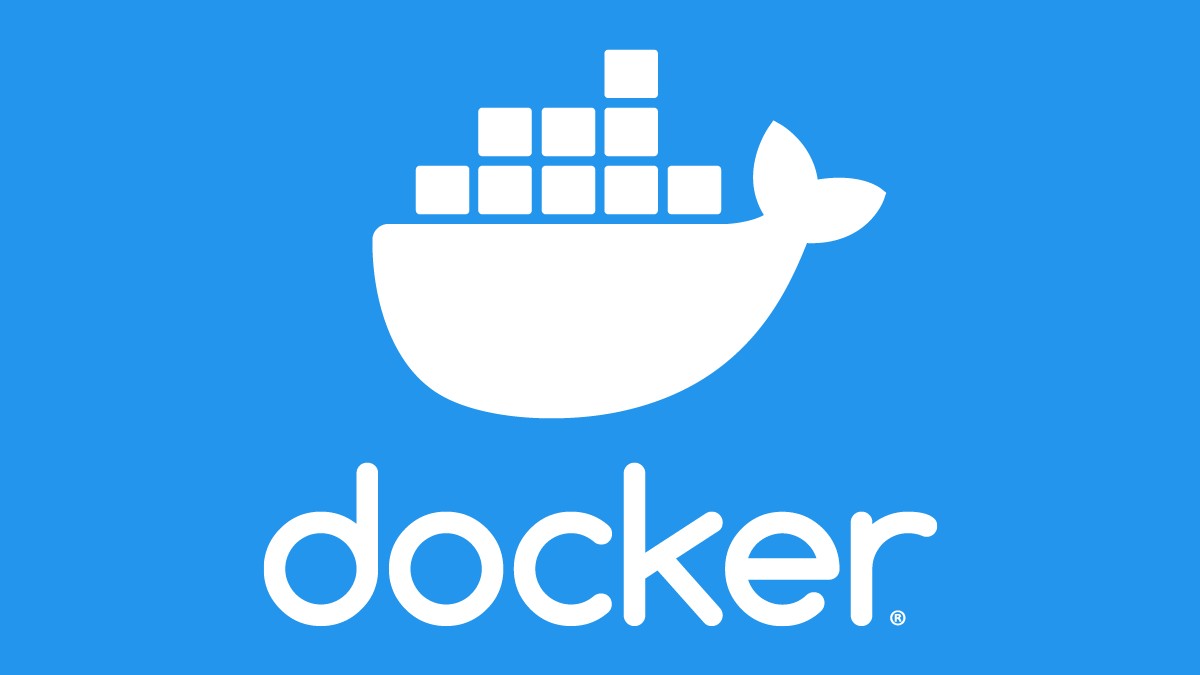Hello World Dockerfile

The article contains a step-by-step guide on how to create a Hello World Dockerfile example. The Dockerfile is used to create a docker image and a docker container that will be executed and echo the words ‘Hello JavaNibble!’ as output.
The article contains a step-by-step guide on how to create a Hello World Dockerfile example. The Dockerfile is used to create a docker image and a docker container that will be executed and echo the words “Hello JavaNibble!” as output.
What is a Dockerfile?
“Docker can build images automatically by reading the instructions from a Dockerfile. A Dockerfile is a text document that contains all the commands a user could call on the command line to assemble an image. Using docker build users can create an automated build that executes several command-line instructions in succession.” ~ Docker Docs
Getting Started Guide
Step 1: Create a Dockerfile
Create a file named Dockerfile and add the following docker instructions. echo command with parameters Hello JavaNibble!.
FROM busybox
CMD ["echo", "Hello JavaNibble!"]
The docker instructions are not case-sensitive, however, convention is for them to be UPPERCASE to distinguish them from arguments more easily. The FROM instruction initializes a new build stage and sets the Base Image for subsequent instructions. As such, a valid Dockerfile must start with a FROM instruction. There can only be one CMD instruction in a Dockerfile. The CMD instruction has three forms. The CMD ["executable","param1","param2"] form is used for this example.
Compile & Run The Example
1. Build the Docker Image
Use the following command to build the Docker Image with a name of hello-javanibble and a TAG of 1.0.0 specified by the --tag option. Also ensure the command is executed in the same directory as the dockerfile.
$ docker image build --tag hello-javanibble:1.0.0 .
To ensure the Docker Image was created, list all the docker images by using the following command:
$ docker image ls
2. Create a Docker Container
Use the following command to create a docker container with the name hello-javanibble.
$ docker container create --name hello-javanibble hello-javanibble:1.0.0
To ensure the Docker Container was created, list all the docker containers (including non-running) by using the following command:
$ docker container ls --all
3. Start the Docker Container
Use the following command to start the docker container with the name hello-javanibble.
$ docker container start hello-javanibble
It is also possible to combine the docker container create and docker container start command with a single docker container run command. The --rm option will automatically remove the container when it exits.
$ docker container run --rm hello-javanibble:1.0.0
Example Code
The source code used in this example can be found on Github.
Finally
Congratulations !!! You have successfully created a Dockerfile based on the Busybox DockerImage that executes the echo command that outputs the strings Hello JavaNibble! that are passed to it as arguments. This explains the basic Helloworld example for Docker using the Dockerfile.
